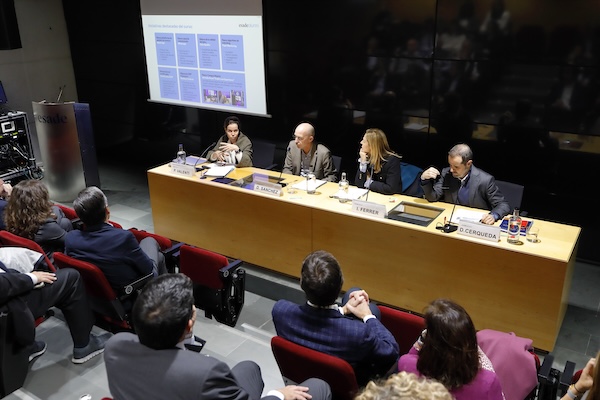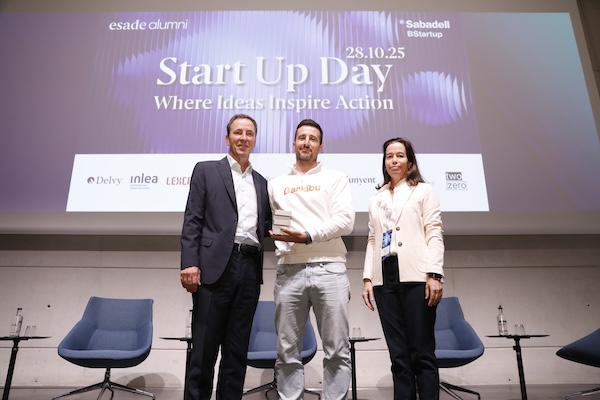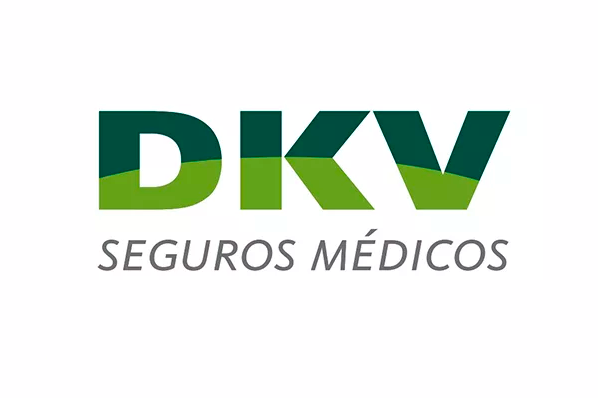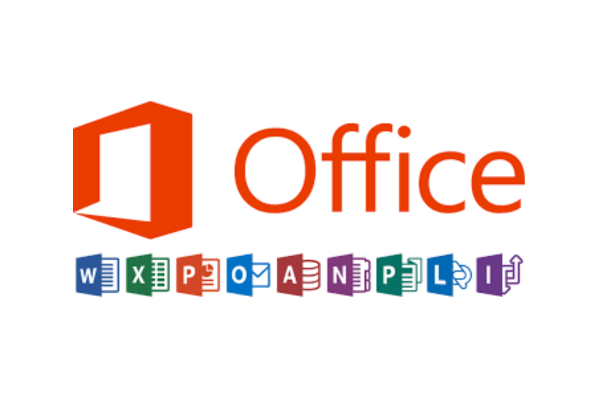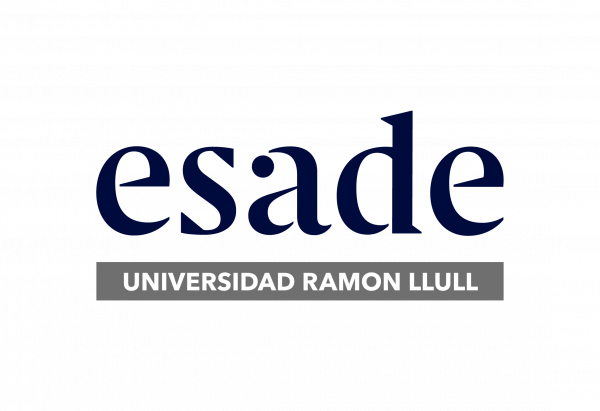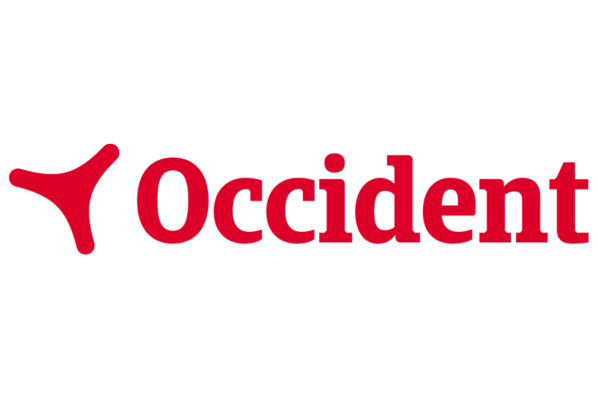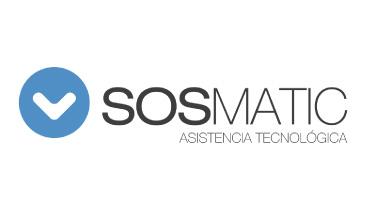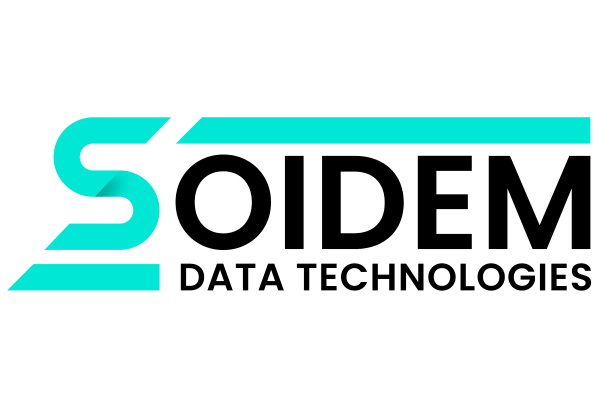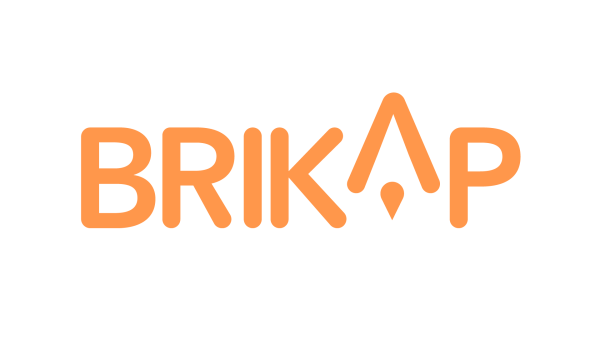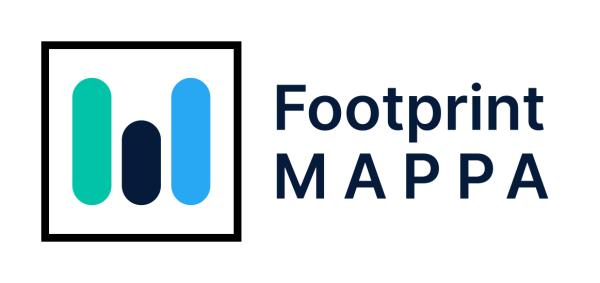We talk to Luis I. Cortés (ADE&MBA 94), Head of Marketing and Sales Programs at Red Hat (IBM), the leading global open source company, and co-founder of Bcombinator, about applying AI in business strategy.
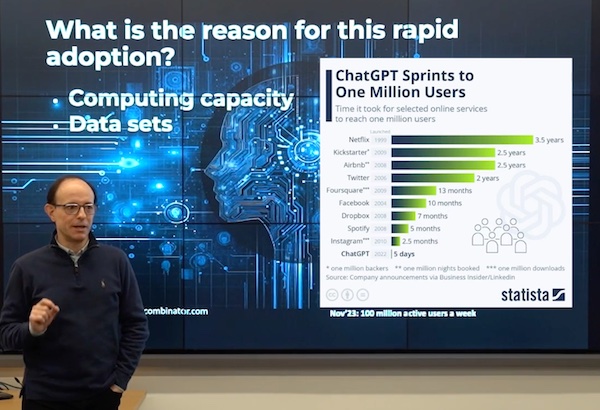
The impact of AI and generative AI in our organizations is already here: supporting decision-making, redefining marketing, and optimizing sales operations are just a few of the opportunities they afford businesses. Luis I. Cortés analyzed the challenge AI is posing to organizations at the Esade Alumni Boston Chapter, in conjunction with IESE, at the interactive session entitled “AI and Business Strategy: A Masterclass with Luis I. Cortés.”
In his presentation, Luis I. Cortés, a marketing executive at Red Hat (IBM), the leading global open source company, and co-founder of Bcombinator, a leading accelerator and investor in startups in southern Europe, where he directs the AI practice, highlighted the fact that from boosting productivity to unleashing creativity, “AI offers individuals superpowers and helps companies of all sizes be more productive, creative, and ready to grow.” AI can help optimize marketing strategies, speed up competitive analysis, and even personalize customers’ participation with hyperrealistic avatars, even though it is here to expand our potential and not to replace us,” he stressed.
According to analysts, currently around 40% of companies have yet to position themselves with regard to AI, while 15% to 20% are already using it on a daily basis. After all, AI, especially generative AI, is making companies much more productive and helping people be more creative. But we cannot ignore certain risks; according to Cortés, inaccuracy, cybersecurity, and the infringement of intellectual property are executive directors’ three main concerns when they analyze AI.
Cortés is an experienced marketing executive and serial entrepreneur, with international experience in new high-growth companies, companies undergoing expansion, and corporations, as well as serving as a mentor. After his masterclass, we spoke with him about his experiences with how companies are adopting this model, the advantages it affords, and the challenges we are facing.
Interview with Luis I. Cortés
-The degree to which AI and machine learning are being adopted in companies has risen considerably in the past year. Based on your experience, what strategies are companies using to adopt AI? Can you share a success story in which AI has transformed business strategy?

In my experience, large companies are approaching AI cautiously, especially generative AI. They are setting up AI Councils to set AI use policies with an emphasis on security, privacy, and confidentiality in employees’ use of generative AI, and they are creating multidisciplinary groups with experts from areas totally outside their usual business who are familiar with the digital, high-growth environment to provide a fresh view of the technology’s possibilities. You can also see a regulation process that has gotten underway in both Europe and the United States, and what consequences it may have.
At my meetings with boards of directors and executive committees, the priorities include the repercussions of generative AI on productivity, growth, and creativity, as well as its potential impact on the development of talent. Predictive AI is increasingly being studied, where the focus is on what questions the company needs to answer to be more effective and productive and to grow more quickly, and what data it can use to train models that may enable them to answer these questions accurately.
-In your own words, AI gives people superpowers. How are work teams experiencing this adaptation? How should companies handle training?
That’s right! An MIT study concluded that the use of generative AI like ChatGPT saved time, lowered performance inequality, required less worker effort, fostered creativity, and boosted job satisfaction.
In my experience, and based on the research I’ve studied, this is prompting the incipient development of four types of profiles in many organizations. First, we find individuals whose disinterest in generative AI verges on apathy. They prefer to stay away from it, clinging to the status quo and traditional work methodologies, or feel somewhat frightened that this new technology will come to do part of their job or even replace them. Next, there is a group who has begun to integrate artificial intelligence into their jobs, albeit discreetly and without announcing it, especially to their managers. They understand the advantages of generative AI, but either they don’t trust it or they’re afraid that if others find out that they’re using it they could be perceived as somewhat incompetent. This cautious attitude may be caused by distrust of either the technology or their own abilities, and they’re afraid that if it is discovered that AI makes them more productive, this could lead to heavier workloads or, even worse, a ban on using it.
There is a third group of people who are cautiously approaching and experimenting with using AI in their everyday jobs, and through curiosity they want to use it more and be trained in order to optimize it. Finally we come to the pioneers who are embracing or want to embrace artificial intelligence, since they perceive it as a tool that fosters their productivity and creativity. They understand its potential and see it as an avenue to professional advancement and not only seek to develop their roles but also aspire to leadership positions. They have the potential to guide others in the implementation and optimization of the use of AI.
One new facet of our work as leaders from now on should be to identify the category into which each member of our team falls. This will help us promote internal talent and provide opportunities to those who show skills in key generative AI issues like prompt engineering or handling new AI tools. All of this will enable them to take on leadership roles, to guide and support people who haven’t yet taken the step of integrating it into their tasks and processes, and to help define policies and processes.
“One new facet of our work as leaders from now on should be to identify the category into which each member of our team falls. This will help us promote internal talent and provide opportunities to those who show skills in key generative AI issues like prompt engineering or handling new AI tool”
-Lowering costs, improving collaboration, creating new products or services, scaling teams… there is a plethora of advantages of using AI, but do they benefit all sectors equally, or are there industries that are being more heavily impacted?
According to a Goldman Sachs study, we are going to see a replacement effect in areas like legal or administrative services, but AI will have a lower effect on very hands-on industries or those that work outdoors, and all industries will experience an impact of improved productivity.
This means that we will see increases in productivity in sectors like construction and building maintenance; installation, maintenance, and repairs; transportation and the movement of goods; and the food industry due to factors like the automation of jobs and the use of AI to optimize and accelerate processes. On the other hand, sectors like software and computing, education, sales, marketing, and architecture and engineering will be much more impacted, and the risk of employees in these sectors being replaced by AI is high.
The cost of distributing content declined drastically with the digitalization of content and the development of the Internet. What we’re beginning to see with generative AI is that the cost of producing content is also drastically falling. This means that all the activities and sectors whose current added value is based on creating content are going to have to reconsider their value chains and the base of their competitive advantage. In fact, I’m beginning to see cases in which companies are considering disinvestment and even leaving the game before AI is fully implemented and replaces many of those jobs.
I believe that the key lies in the purpose of those improvements in productivity and potentially lower costs. I’m seeing companies that are reinvesting these improvements in growth, R&D, and staff training. Others are putting that extra productivity into creative growth to plan new products or avenues of profitability that were simply not possible before the use of AI. And some have already announced layoffs and slow-downs in hiring in jobs that may potentially be affected by the implementation of AI.
A recent World Economic Forum study calculated that AI may destroy 85 million jobs and create 97 million in the next 25 years, so just like with the Internet (and many other cases throughout history), AI-based innovation is disruptive and has the potential to create imbalances in the workforce, which have to be offset in time by new jobs. What we don’t know is the pace at which jobs are going to be destroyed and created and the capacity of those who lose their jobs to reinvent themselves.
-So how are startups dealing with this development?
The majority of startups I’m aware of are using AI to accelerate their development. From the creation of business plans and marketing strategies to the automation of content creation and interaction with the social media, generative AI is having an impact on the development and growth of startups. At Bcombinator, we are seeing how startups are capable of making prototypes more quickly and validating MPV’s with fewer resources, and they are better positioned strategically and have more solid products, which helps them to be in a better position when raising money from investors.
-Inaccuracy, cybersecurity, and violations of intellectual property are executive directors’ three main concerns when they analyze AI. What tips would you give business leaders who are considering integrating artificial intelligence into their processes?
In my opinion, the first thing is to be aware of the impending paradigm shift that is approaching us. We are at a time comparable to the rise of the Internet in the late 1990’s. At that time, we didn’t know what do to with the Internet or how to predict the depth of the changes it would bring to all sorts of organizations, including how we entertain ourselves or how we educate our children. Thanks to the Internet, today all companies have become digital organizations, and the use of the cloud has created new ways to grow and bring business value to customers. Around 15 years ago, something similar happened with smartphones, which once again completely revolutionized the way we interact.
In my experience from these past five years, I see that the impact of both predictive and generative AI is going to be on a scale comparable to the Internet back then, but it is going to happen much more quickly because we are going to benefit from effects like computational capacity, the abundance of data, and especially the viral way its use is spreading, especially because generative AI has been accessible to the general public from the very beginning.
The awareness of change should come with an understanding of the new environment and the training of executive teams in the opportunities, risks, and challenges implicit in AI. From there, several pathways are possible: from setting policies for the proper use of AI to working with middle managers who train and identify talent. All of this should occur under the aegis of whatever AI implementation strategy is chosen, which in my view should be rooted in the business value in close conjunction with technological support.
“The awareness of change should come with an understanding of the new environment and the training of executive teams in the opportunities, risks, and challenges implicit in AI”
-What role has artificial intelligence played in your own career?
AI has been the common thread both in my career at Red Hat and in my role as a founder and mentor at Bcombinator. Ever since I began to mentor and invest as a business angel, there has often been an AI angle that has made all the difference, and examples include companies that Bcombinator has incubated and invested in like Dedomena, GeniusHR, Dost, and TalentYou. On the other hand, Red Hat is part of IBM, as you know, whose products like Watson and now WatsonX have always been benchmarks in this field. Red Hat is currently launching OpenShift AI, so AI is an increasingly important part of our investment and strategy. For all these reasons, I’ve spent years exposed to an environment where business value merges with technology value, from a multinational company to a nascent startup, and adding AI to the mix allows me to be surprised and to learn every day, as well as to contribute business value based on all that.
-How has your time at Esade affected your professional and personal development?
At the start of my career, I faced the dilemma of either choosing technical training followed by an MBA or starting my degree in business and then specializing with a technical master’s degree. The choice to get my bachelor’s degree first and then an MBA at Esade was exceptional. I have always believed that my generalist approach and skill at integrating varied, global concepts is largely due to my education at Esade. Later on, earning two tech master’s at La Salle was what enabled me to turn my passion for computing and technology into my profession, and I never looked back. In my last year at Esade, I did the international specialization, complemented by an exchange in the United States, which gave me a global outlook and mindset. That taught me to respect and value all opinions, regardless or whether or not I agree with them, and to effectively collaborate with multicultural teams, which is still part of my job today.
-When did you discover your vocation as an entrepreneur? What tools did Esade equip you with to develop this entrepreneurial vocation?
My father, who turned 90 recently, was an entrepreneur and businessman his entire life. His company, Vitamédica, was a pioneer in bringing the concept of disposable products to public and private healthcare in Spain, where back then they were washed and sterilized using the same methods as 50 years ago. I’m convinced that his constant effort to make the medical class and healthcare decision-makers aware of the advantages of lowering cross-contamination due to poor sterilization of their medical equipment and supplies saved many lives. Having lived in a small-business environment since I was a child, and starting to work in it at a young age, led me to want to have my own company one day. At Esade, working with people like Eugenia Bieto and Alberto Gimeno in my final project geared at entrepreneurship helped me understand the importance of models when analyzing and launching new companies. I also received support and advice from Esade professors and friends when I launched my first company, Biz2Peer Technologies, which later became part of Polymita Technologies, which was acquired by Red Hat.
“That sense of community and sharing values, the capacity for effort and rigor, compassion, empathy, and a desire to have fun are, I believe, something that Esade has given us, and it’s clear at every encounter”
-What are the advantages of having an alumni community in Boston?
I have been in Boston for nine years, and joining the alumni community in Boston has been like a breath of fresh air in my life. Somehow, it’s like coming home, and even though my friendships with other alumni are relatively recent, sometimes I feel like we’ve known each other our entire lives. That sense of community and sharing values, the capacity for effort and rigor, compassion, empathy, and a desire to have fun are, I believe, something that Esade has given us, and it’s clear at every encounter. The Boston Chapter may not be the biggest one, but thanks to Silvia Manent’s efforts in Boston and Mireia Fontanet’s at Esade, we have created memorable moments and events.



